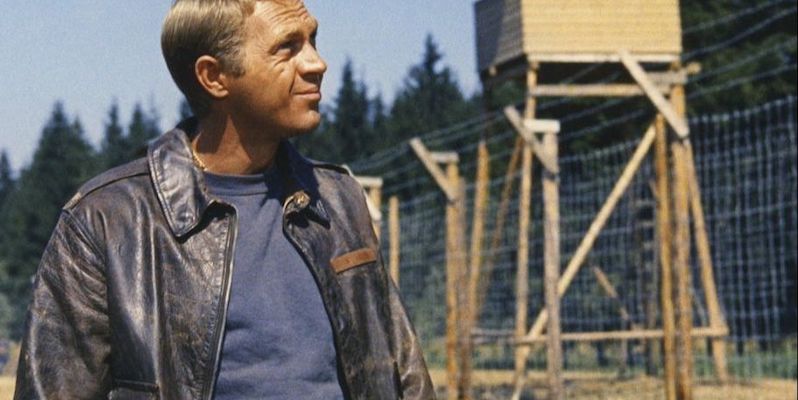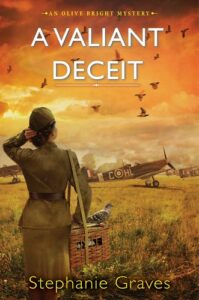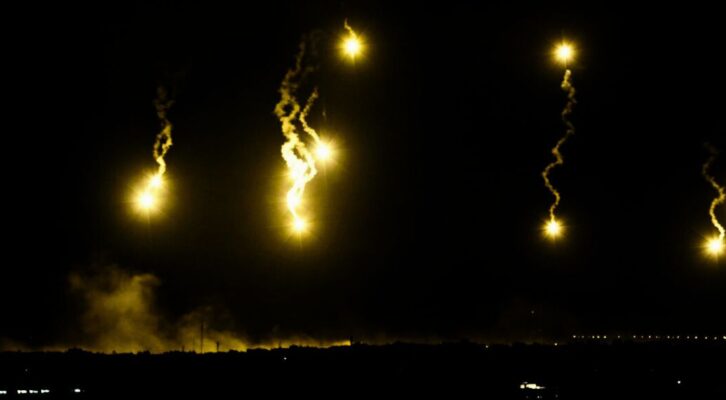By the time the invasion of Poland officially kicked off the Second World War, the Germans had been engaged in strategy sessions for years—probably even before the ink had dried on the Treaty of Versailles. Eager to redress their losses and keen to demonstrate the imagined superiority of the Aryan race, the country had been zealously preparing its youth, citizens, infrastructure, military, and factories (not to mention its pigeons) for another chips-all-in fracas. The Brits, meanwhile, were thoroughly occupied in moving on after the devastating war years and were eager to downplay the indications that another war was looming on the horizon. They may as well have been an island of optimistic ostriches. But on September 1st, 1939, war was once again upon them. One by one, the Allied countries fell, and as the Luftwaffe blitzed across the Channel, and the threat of a British invasion seemed imminent, the situation was desperate indeed.
Britain may have been ill-equipped to go up against the military might of Nazi Germany, and a bit slow out of the gate, but it did have a few tricks up its sleeves. The various intelligence organizations managed, with cunning cleverness over the course of the war, to throw all manner of kinks into the works, slowly but surely gumming up the Nazi war machine. They matched James Bond in sheer diabolical thinking, cool composure, and ingenious gadgets.
Despite the long list of truly stellar deceptions perpetrated by British Intelligence over the course of the war, MI9, the British Directorate of Military Intelligence Section 9, was in a class by itself. Established in December 1939, MI9 had the dual purview of facilitating the escape and evasion of military personnel imprisoned or trapped behind enemy lines. The strategies put in place by the organization had the further benefits of diverting German resources and supplying crucial military intelligence. Inspired by the POWs of the Great War whose escapes from German prison camps became much-read stories of derring-do, the man in charge of MI9, Major (later, Brigadier) Norman Crockatt, endorsed a philosophy of escape-mindedness. Well begun is half done, after all. Given that, over the course of the war, 35,000 evaders and escapers made their way back to Allied countries—a great many of them with MI9’s assistance—it seems the man was onto something.
Any man imprisoned in occupied territory was expected to do his best to facilitate his escape, evade recapture, and hurry home to continue to do his bit. While he was working out the logistics of the first directive, he was expected, via an intricate and elaborate scheme devised and carried out by MI9, with the assistance of other POWs, to provide intelligence on the enemy, assist and support other inmates in their own efforts to escape, and pave the way for future escapers.
The organization was divided into an end-of-alphabet soup of sections. Section W prepared questionnaires and interrogated returning escapers and evaders, Section X organized the escapes and dispatched the necessary tools, Section Y dealt with codes and communication with the camps, and Section Z devised and created the escape tools. Out of section Z came a collection of ingeniously designed, seemingly innocuous items, each of them harboring a secret purpose. Collectively, they were termed “Q”. It was surely no accident that Ian Fleming, who worked in Naval Intelligence during the Second World War, and had a connection with MI9, chose to call the inventor of the Bond gadgets by the same quirky codename.
Key MI9 staffers included Johnny Evans, Jimmy Langley, and Airey Neave, all of whom had successfully escaped German POW camps during the Great War. Their expertise was continuously supplemented and updated with newly relevant information obtained by interviews and questionnaires presented to recent escapers and evaders. MI9 then parlayed that information into strategy lectures at army bases and RAF camps. Men who indicated an aptitude were trained in ciphering, a skill that would allow them, if captured, to efficiently communicate with MI9. And in the long hours of captivity, they could train others in the same methods.
Per the Geneva Convention, each POW could receive two letters and four cards every month, and MI9 took advantage of this direct link to the camps, sending messages written with the prearranged codes. The men, in turn, sent their own coded messages back in letters to their families. In this way, items needed to affect an escape could be requested, incoming parcels containing escape aids could be identified, and intelligence regarding planned escapes, camp security, morale, and troop movements could be shared. Early in the war, MI9 kept in contact with the families of POWs, but later, a Special Watch List was provided to the censors, thus allowing for efficient delivery of the coded messages to MI9.
Determined not to compromise the regular supply chains allowed by the Geneva Convention, namely, the Red Cross and monthly shipments from family and friends, MI9 created several fictional charitable organizations with the sole purpose of getting escape aids into the hands of POWs. One such was the Prisoners’ Leisure Hours Fund, which was billed as a ‘Voluntary Fund for the purpose of sending Comforts, Games, Books, etc. to British Prisoners of War’. This descriptively named organization supplied board games, musical instruments, vinyl records, playing cards, dartboards, and more, all while remaining (more or less) above suspicion. And yet, thanks to Section Z, those “comforts” were far from innocent. Tucked into secret compartments in wooden chess sets, between the layers of playing cards, and in the handles of tennis rackets were a veritable treasure trove for potential escapers biding their time. And all the while, the truth of the business was hiding in plain sight: the letterhead for the Prisoners’ Leisure Hours Fund included a quote attributed to Runyan, “The treasures to be found in idle hours—only those who seek may find.” Treasures, indeed! There were miniature tins of emergency rations, compasses, money and forged papers, knives and files, and arguably most important, maps.
Silk and tissue maps were an extraordinarily important element of MI9’s directive. For an escaper or an evader to have a fighting chance, he needed to have a sense of the area’s landmarks, as well as the frontier lines and border crossings. Later in the war, location-specific maps were supplied directly to RAF crews, infantrymen, and Special Forces, depending on their deployment, but early on, the maps were smuggled into the camps as part of the escaper toolkit. At least two hundred and forty-three unique maps were produced by MI9, and more than 1.75 million copies were printed, over half of them distributed ahead of Operation Overlord, screen printed with the terrain of Western Europe.
Cunningly equipped with advice, direction, escape aids, and maps, the Allied POWs, themselves tasked with sorting through the parcels from MI9’s fictitious charities, were basically tasked with sorting out their own escapes. It was precisely the sort of sneaky, scrappy strategy the British came to depend on in those dark years. Given that the badge worn by some of its staffers was embroidered with three witches riding brooms, it seems clear that MI9 was well aware of its special brand of witchcraft. An anonymous quote found amid Airey Neave’s private papers sums up the success of its escape-minded philosophy: “Life’s battles do not always go to the stronger and faster man, but sooner or later the man who wins is the man who thinks he can.”
***





















